NGTS
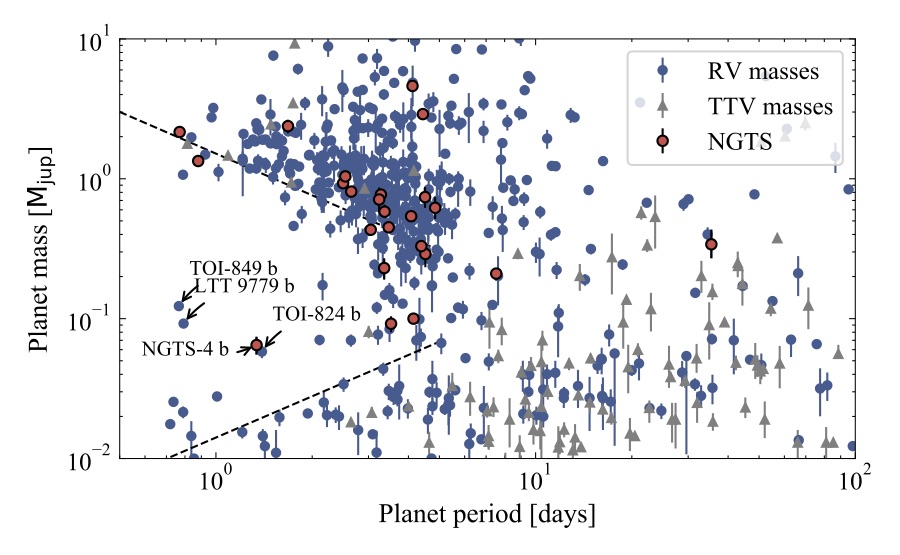
NGTS is a collection of small telescopes on the Atacama desert which runs a slew of observation programmes. In particular we looks for eclipsing stars and planets in young stellar clusters.
I have a wide range of research interests from transit surveys to internal structure modelling of giant planets

NGTS is a collection of small telescopes on the Atacama desert which runs a slew of observation programmes. In particular we looks for eclipsing stars and planets in young stellar clusters.
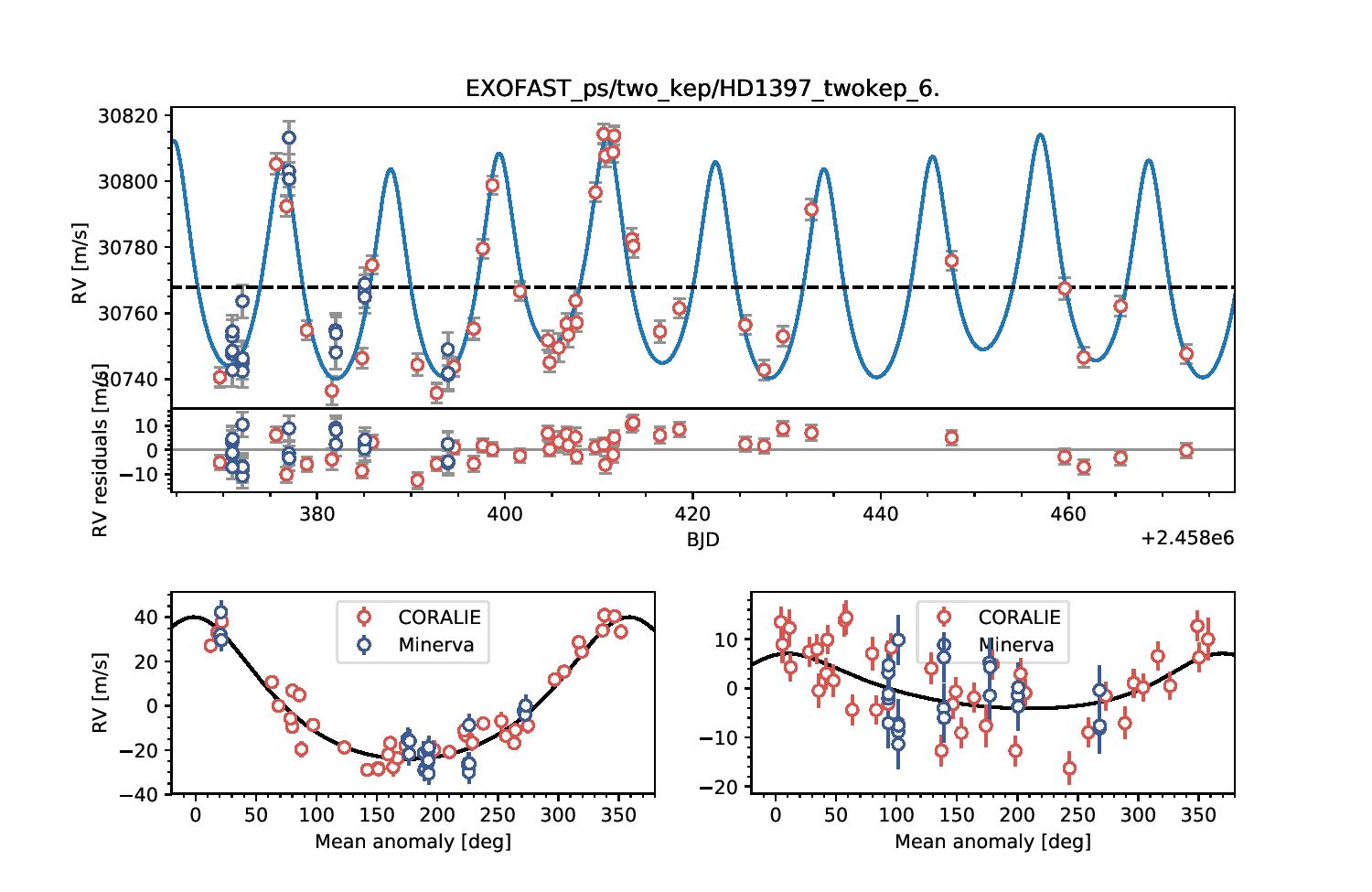
Working mainly with HARPS on the 3.6m ESO telescope and CORALIE on the Swiss 1.2m Euler telescope I follow-up planet transiting planet candidates. I am looking forward to expanding our wavelength coverage with the near-infrared high resolution spectrograph NIRPS which will join HARPS in 2021.

If a giant planet turns out as a Neptune-like ice giant of a Saturn-like gas giant is believed to be determined by a stage of planet formation called runaway gas accretion. Characterising these types of planets in detail is key to our understanding of planet formation.
My first author publications are listed below. The full list of my 70+ peer reviewed publications can be found at ORCID, Google Scholar and the ADS.
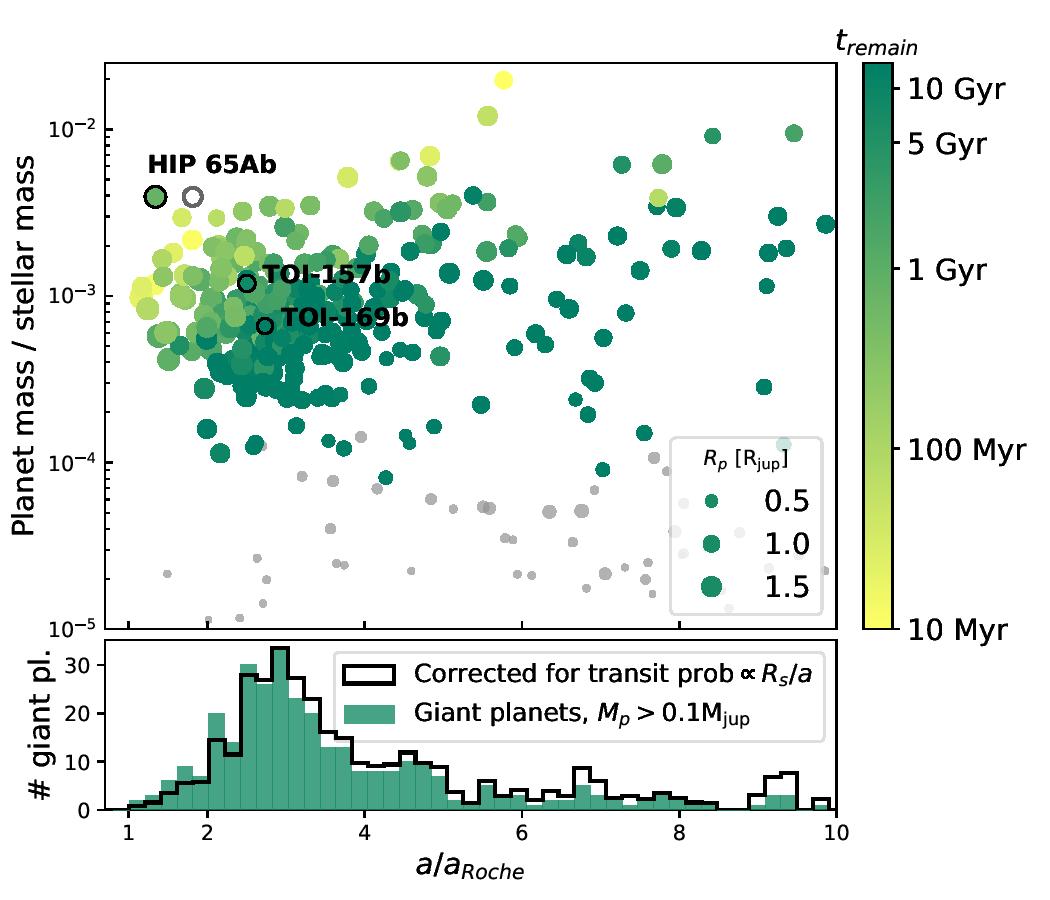
Nielsen et al. A&A 639, A76 (2020)
Discovery paper for HIP 65Ab, TOI-157 and TOI-169; three Jupiter-like planets all with unusually short orbital periods of less than 2.5 days. Of special note is HIP 65Ab (TOI-129b) which is a 3.2 Mjup planet in a 0.98 day orbit around a K-star which in return is part of a visual binary. The transit is grazing so we do not have a good radius estimate. More encouragingly, we do have a beautiful phase curve based on the TESS data.
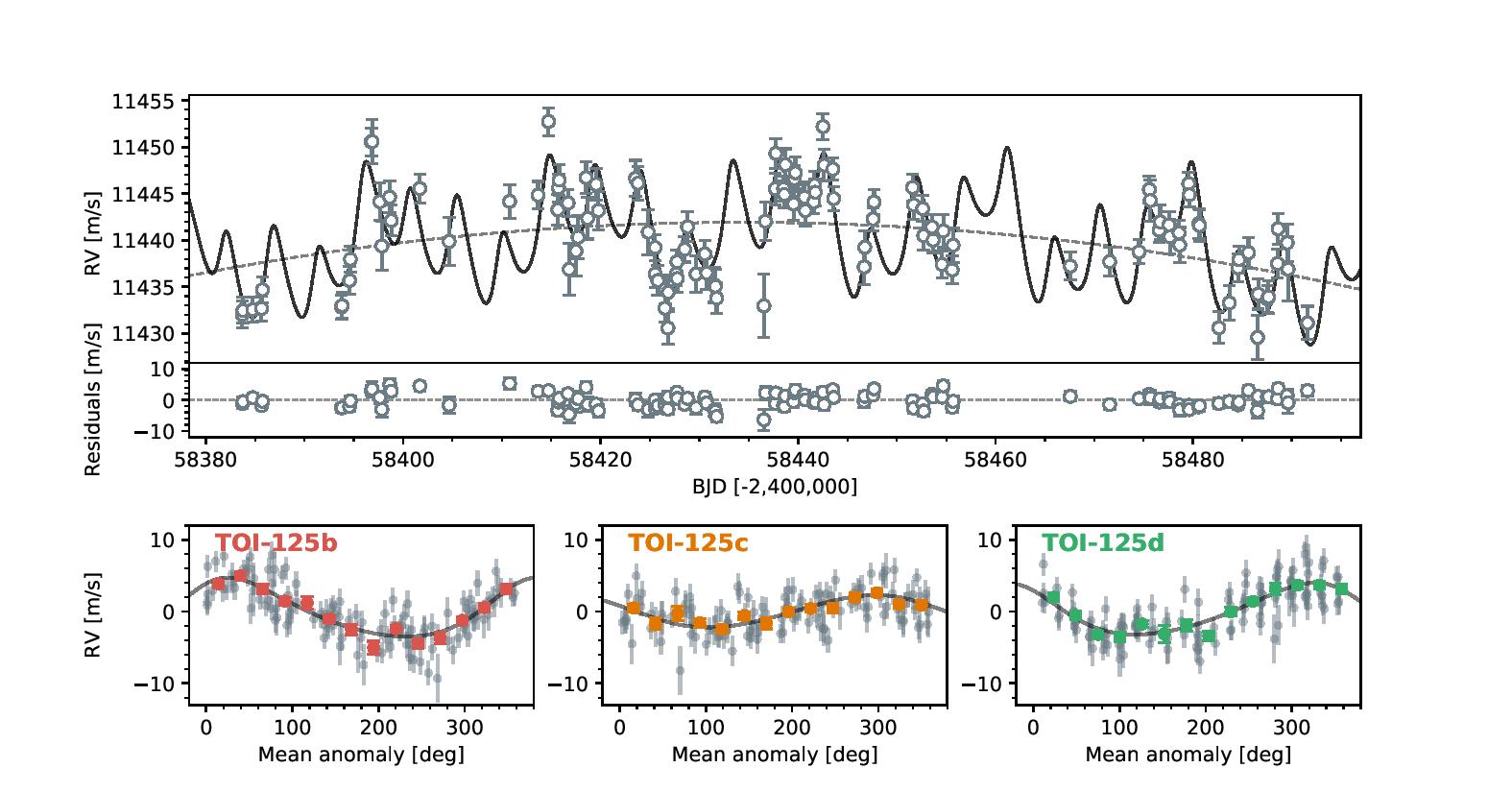
Nielsen et al. MNRAS 492, 5399– (2020)
TOI-125 is a bright star which hosts three mini-Neptues close to mean motion resonance. The planets were discovered by TESS and initially published by Quinn et al. 2019. Subsequently as part of a large collaboration we follwed it up with HARPS to get precise masses of the planets.
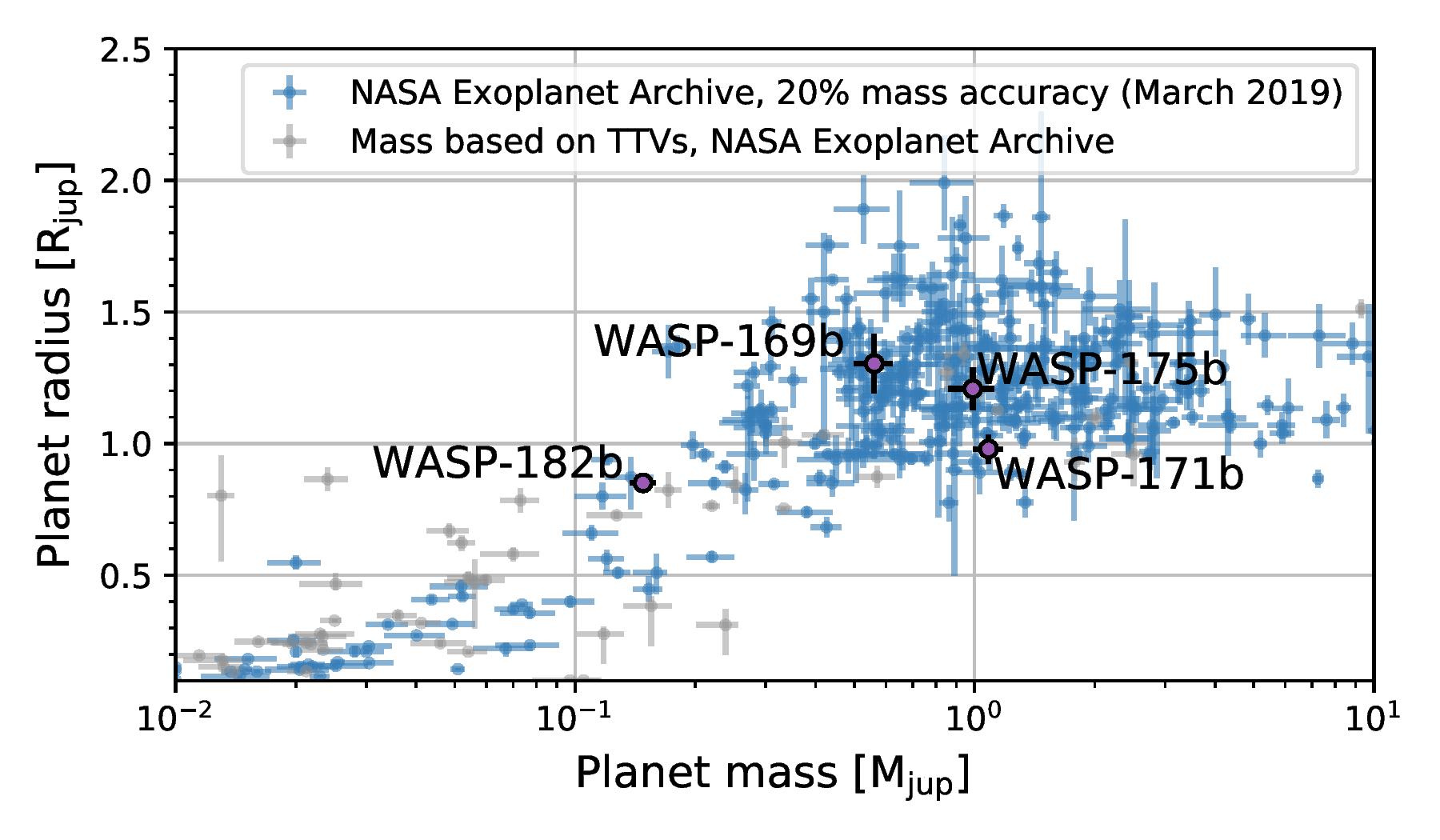
Nielsen et al. MNRAS 489, 2478– (2019)
WASP-169b, WASP-171b, WASP-175b, and WASP-182b: Four new WASP planets of which one of them, WASP-182b, is a bloated sub-Saturn mass planet around a bright metal-rich star. With an orbital period of P = 3.377 d, it sits right in the apex of the sub-Jovian desert, bordering the upper and lower edge of the desert in both the mass–period and radius–period plane. WASP-169b, WASP-175b, and WASP-182b are promising targets for atmospheric characterization through transmission spectroscopy, with expected transmission signals of 121, 150, and 264 ppm, respectively.

Nielsen et al. A&A 623, A100 (2019)
HD 1397b (TOI-120) was one of the first confirmed TESS planets. It is a giant planet in an 11.5 day eccentric orbit around a bright (V = 7.9) G-type subgiant.